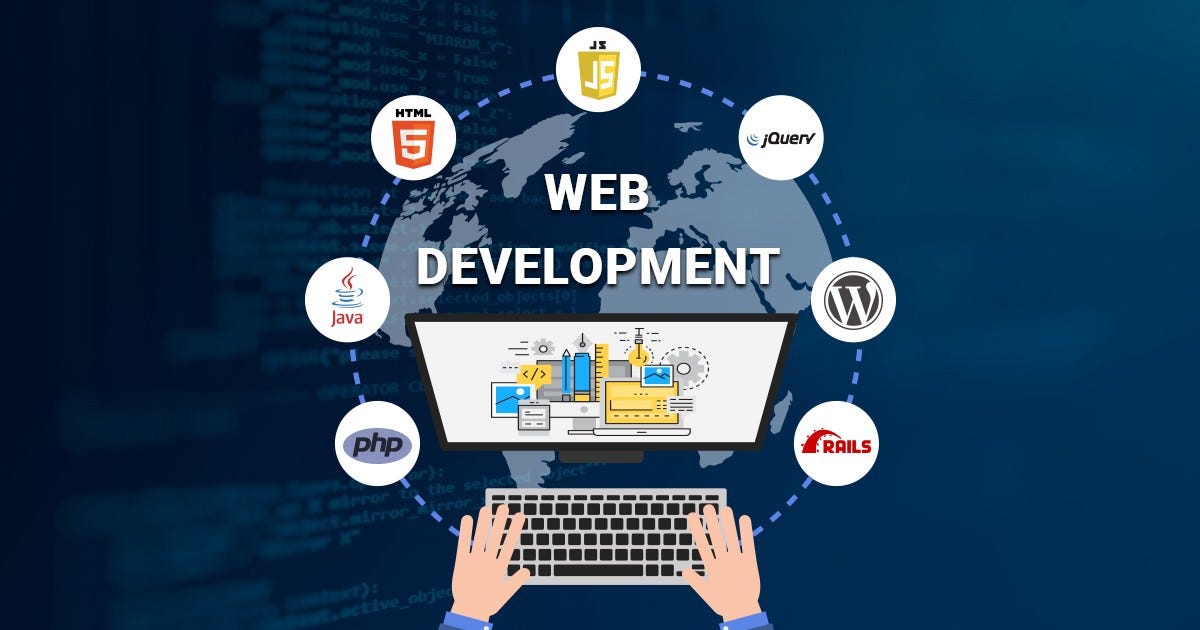The digital world of today and the internet, websites form the core of every business's online presence, serving as an online shopfront that is open to and enthuses people from all over the globe. Behind each stylish and practical website lies a complex process known as website development. The fusion of art and science encompasses many disciplines such as design and code to users' experience and the creation of content. In this article, we look into the field of development for websites, examining the various components of it, their significance and its evolution.

In the nexus of website development is the union of the design and functional. Design is the aesthetic elements of a website, including layout, color scheme graphic design, typography, and more. It's the first thing people are able to see, and plays a significant impact on how they perceive of the brand. An attractively designed website not only looks aesthetically pleasing but also represents the brand's personality and values. In contrast, functionality is focused on technical aspects that support users to interact with the site and provide seamless navigation. This includes languages that code, such as HTML, CSS, and JavaScript to determine how a website functions and responds to user input.
When the plan phase has been completed, it's now time to bring life back into the digital blueprint through code and programming. Web development comprises two major elements: back-end and front-end development. Front-end development concentrates on the design elements of a web page that visitors interact with, like layout of navigation, user interface design. Back-end development is the process of creating an infrastructure to support the website. It includes servers, databases, and applications functionality. Both back-end and front-end development is essential for ensuring a seamless and functional website experience.
Once the design is in place Website Development moves to the stage of implementation where the website begins to take shape. This stage encompasses coding, developing, and integrating different technologies to bring the design to live. The front-end development focus is on the aspect of the site that is accessible to users which includes layout, content presentation, and other interactive elements. Back-end development is based on programming on the server side, managing databases as well as server configurations to guarantee functionality and speed. To receive further details please try this web-site

As development continues Testing is carried out rigorously to identify and address the bugs and issues. Quality assurance (QA) tests involve checking for compatibility across different devices and browsers, assessing loading times, and validating the functionality. Testing by users can also be conducted to obtain the opinions of real-world users that allow developers to tweak the site further, and improve the user experience. Iterative testing and refinement are essential to ensure that your final product meets highest standards of quality and accessibility.
The final stage of the site's development process is marked by its deployment and launch into the online world. This includes configuring hosting servers, transferring website files, as well as ensuring the correct domain mapping in order to make available to visitors around the globe. When you press an option, the website launches, prepared to attract customers and fulfil its function. But, the process doesn't get over; regular maintenance and upgrades are vital in order to keep the website current and secure in the ever-evolving technological landscape.
Comments on “Navigating the Path of Website Development: A Comprehensive Information”